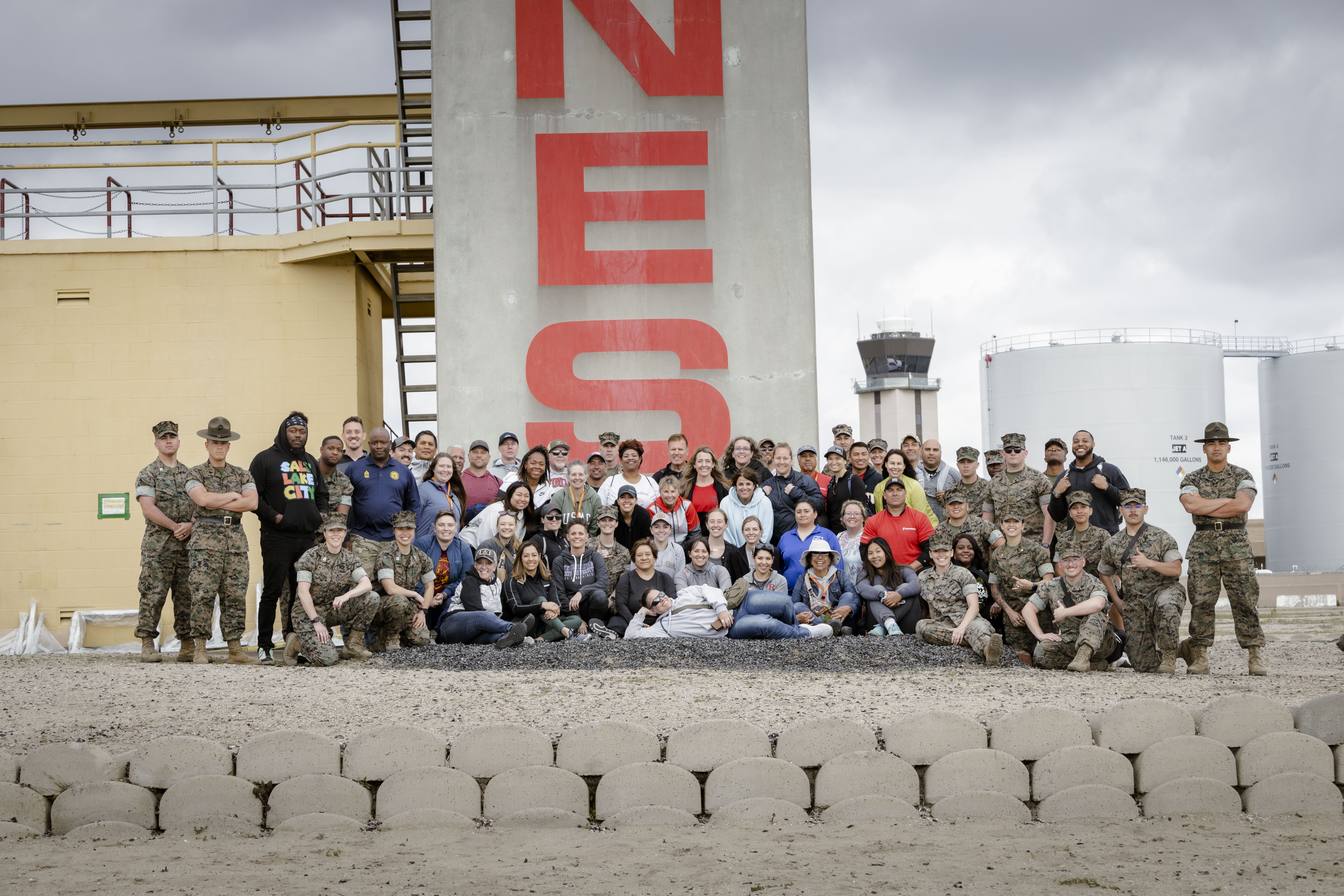
Meeting the Potential of a Virtual Education
Lessons From Operators Making Online Schooling Work
 When the first virtual school began more than 20 years ago, it offered an incredible promise: Suddenly, students could get access to a great education and a diversity of courses regardless of place or time. They could have flexibility to “attend” school around medical appointments, sports practices, or whatever else life threw at them. And outside of schoolhouse walls, students could have a more personalized learning experience, pursuing their interests and speeding up or slowing down as needed.
When the first virtual school began more than 20 years ago, it offered an incredible promise: Suddenly, students could get access to a great education and a diversity of courses regardless of place or time. They could have flexibility to “attend” school around medical appointments, sports practices, or whatever else life threw at them. And outside of schoolhouse walls, students could have a more personalized learning experience, pursuing their interests and speeding up or slowing down as needed.
According to the data, however, virtual schools have largely fallen short of this promise. In 2015, for example, Stanford University’s Center for Research on Education Outcomes (CREDO) conducted a study of 200 online charter schools. It found that, on average, the students enrolled at those schools lost 180 days of learning in math and 72 days of learning in reading compared to similar students in traditional brick-and-mortar schools. In other words, over the course of an academic year, online charter students effectively made no progress in math, and just slightly more than half as much progress in reading as their peers in traditional settings. At the same time, several online charters have been involved in high-profile scandals. In one of the most recent examples, an online charter school in Ohio “enrolling” more than 10,000 students closed suddenly when it became clear the state had paid the school $80 million in tuition for students who never logged in. Not surprisingly, states across the country have been taking action.
In May 2019, Indiana’s governor signed a bill requiring virtual schools to complete an orientation session with a newly enrolled student’s guardian, and to un-enroll students who fail to log into classes for too long. Meanwhile, New Mexico and Georgia charter authorizers have taken steps to close virtual schools as a result of low academic performance.
Given all this, it may seem time to give up on the virtual school experiment. But after more than two decades, we have developed a strong sense of the challenges that virtual operators face, as well as strategies to address those challenges. Moreover, a handful of online schools are demonstrating that success is possible. This report draws on the experience of two virtual charter schools that are making online schooling work for their students—Idaho Distance Education Academy and New Hampshire’s Virtual Learning Academy Charter School.
Through their examples, this report highlights lessons learned for other online operators and policymakers who are eager to make virtual school success the rule, rather than the exception.
 Loading...
Loading...
–



